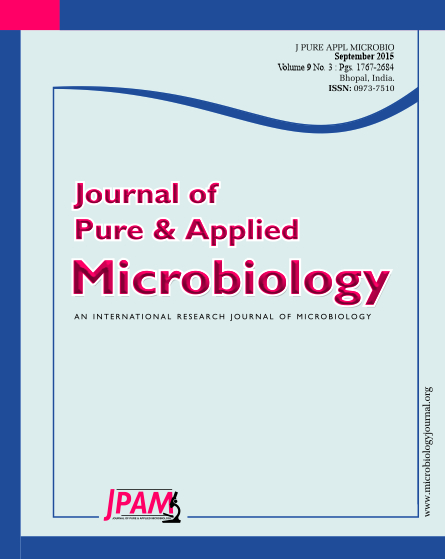Global emergence of multi drug resistance (MDR) against the bacterial pathogens has motivated scientists to exploit alternative strategies to combat the problem. Under these demanding circumstances, therapeutic uses of bacteriophages may turn out to be a valuable approach. The present study was planned to evaluate therapeutic efficacy of Salmonella Abortusequi phage (PSAE-1) in experimentally infected female guinea pig. Phage PSAE-1 was characterized in terms of lytic host range and multiplicity of infection (MOI). Broad host range phage having MOI of 1:104 was used for therapeutic trial. Safety of phage was tested in experimental animal for any toxicity and it was found safe through various routes. Therapeutic efficacy of PSAE-1 was assesed in female guinea pig at different time intervals after infection. Average total spleen counts of Salmonella Abortusequi strain-156 (SAE-156) were enumerated after the phage treatments. There was significant increase in therapeutic response of phage treated groups in comparison to untreated control group. There was no significant effect on animal health following phage treatment. Present study suggests that phage may be used in future as a therapeutic preparation to reduce the colonization/infection of Salmonella Abortusequi and could be a novel approach in treatment of infections associated with Salmonella spp.
Salmonella Abortusequi, Bacteriophage, Guinea pig, Therapeutic
© The Author(s) 2015. Open Access. This article is distributed under the terms of the Creative Commons Attribution 4.0 International License which permits unrestricted use, sharing, distribution, and reproduction in any medium, provided you give appropriate credit to the original author(s) and the source, provide a link to the Creative Commons license, and indicate if changes were made.


